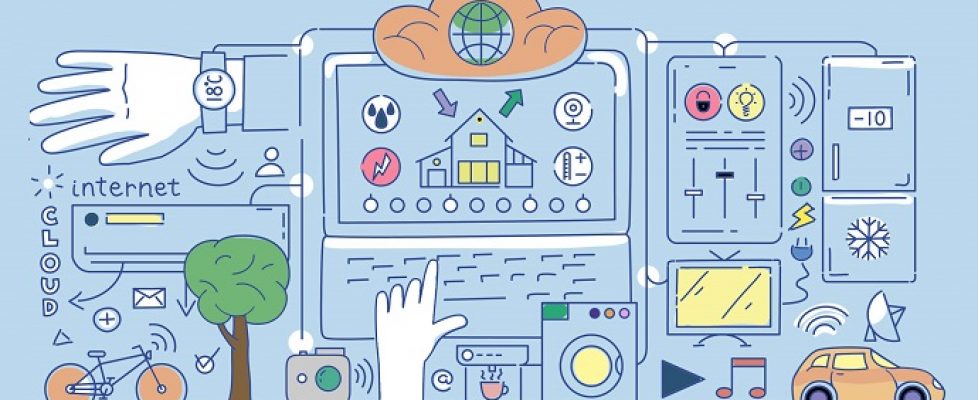FCC Opens Application Window for Connected Care Pilot Program
The three-year, $100 million program, aimed at boosting broadband connectivity in underserved parts of the country to support telehealth expansion, will accept applications for one month, beginning on November 6.
November 05, 2020 – The Federal Communications Commission is set to launch its Connected Care Pilot Program, a three-year, $100 million project aimed at expanding telehealth access for low-income Americans, veterans and other vulnerable populations.
The agency announced today that it would accept applications for the program from noon ET on November 6 through 11:59 p.m. ET on December 7. The program is open to eligible non-profit and public healthcare providers, and will use money from the Universal Service Fund to help defray the cost of connected health services.
“In the past year, connectivity has become an increasingly critical component of delivering health care services in our country,” FCC Chairman Ajit Pai said in a press release. “Spearheaded by Commissioner (Brendan) Carr, our Connected Care Pilot Program explores how universal service support can provide next-level health care to our nation’s most vulnerable populations, including low-income Americans and veterans. With the opening of this application window, the FCC affirms its commitment to driving the future of health care delivery and supporting innovative pilot projects across the country.”
Unveiled in 2018 by Carr and Mississippi Senator Roger Wicker, the program is aimed at improving broadband connectivity in underserved parts of the country where access to healthcare is limited or hindered.
“This new initiative is the healthcare equivalent of shifting from Blockbuster to Netflix,” Carr said in a separate press release. “With smartphones, tablets, and connected healthcare devices, patients no longer need to travel to brick-and-mortar facilities or meet in person with a doctor to receive high-quality care. I am excited to get this program going because it will improve patient outcomes while cutting healthcare costs.”
“The FCC’s new Connected Care initiative can ensure that Americans receive quality care while continuing to maintain physical separation,” he added. “And it can be used to treat a wide range of health conditions – such as opioid dependency, diabetes, heart disease, mental health conditions, and high-risk pregnancy. Focusing this initiative on low-income Americans and veterans will ensure that everyone has a fair shot at the benefits that this new trend in telehealth can deliver.”
The FCC adopted rules for the program in March and released final details on the program in September. The program will offer grants to cover 85 percent of the connectivity costs for telehealth programs, including broadband access, internet connectivity for patients and some network equipment. It will not fund the purchase of telemedicine devices.
The program is open to those who meet the definition of “health care provider” in section 254(h)(7)(B) of the Telecommunications Act of 1996, and can be located in rural or non-rural areas. Eligible providers can take steps now to obtain an eligibility determination by filing an FCC Form 460 with the Universal Service Administrative Company (USAC) to obtain a Health Care Provider (HCP) number and eligibility determination, both of which are required on the application for the program.
The program has been overshadowed by the coronavirus pandemic and the FCC’s COVID-19 Telehealth Program, which was launched out of the CARES Act in March – using some of the groundwork laid for the Connected Care Pilot Program – to support care providers looking to launch or expand telehealth program to deal with the emergency.
That program used up its $200 million budget in July with a considerable number of applications left unfilled; according to the FCC’s September notice, providers who qualified for that program may apply for the Connected Care Pilot Program.

